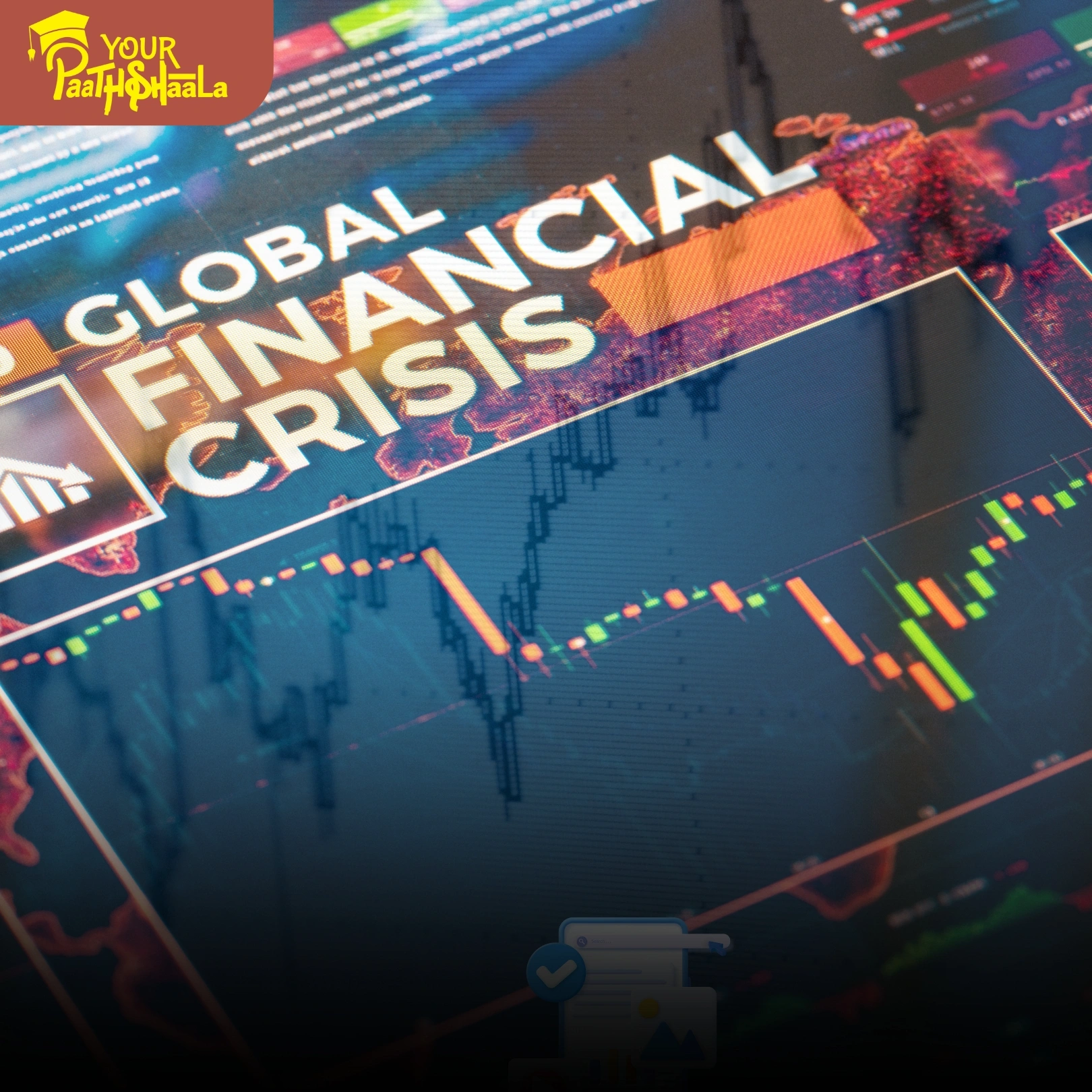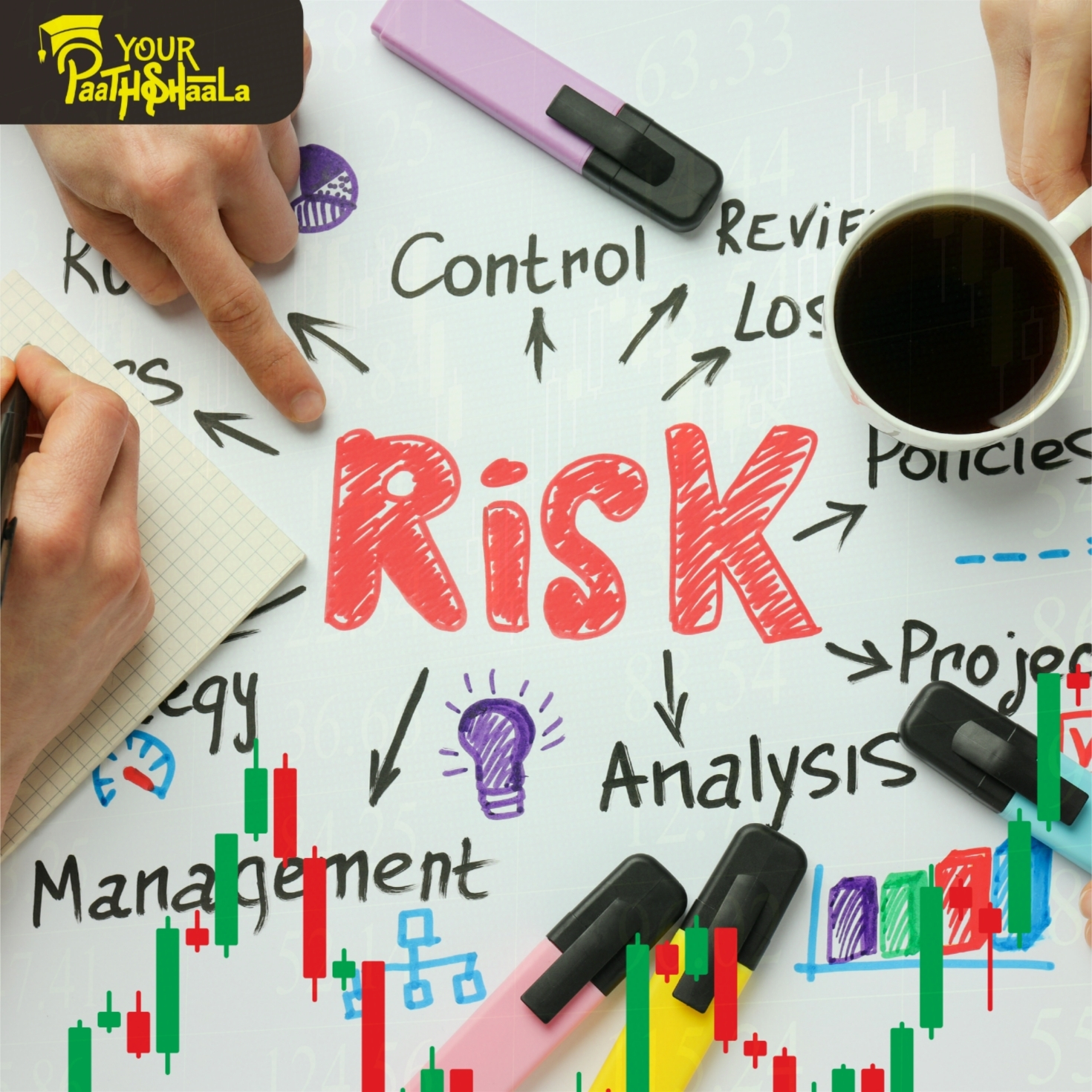Volatility & Crisis Trading: Strategies to Thrive in Turbulent Markets
In the unpredictable world of financial markets, volatility and crises present both risks and opportunities. As of July 16, 2025, economic uncertainties, geopolitical tensions, and inflationary pressures make volatility and crisis trading strategies essential for investors. By leveraging tools like VIX volatility strategies, safe haven assets, recession-proof sectors, and inflation hedge instruments, traders can navigate turbulent markets and even profit from them. This 2000-word guide explores these strategies, offering clear, actionable insights for beginners and seasoned investors alike. Ready to turn market chaos into opportunity? Let’s dive into the world of volatility and crisis trading.
What is Volatility and Crisis Trading?
Volatility and crisis trading involve strategies designed to capitalize on or protect against sharp market movements triggered by economic downturns, geopolitical events, or unexpected crises. Volatility refers to the degree of price fluctuations in assets, often measured by the VIX (CBOE Volatility Index), while crisis trading focuses on positioning portfolios to withstand or benefit from market disruptions. These strategies are crucial for managing risk and seizing opportunities in uncertain times, using tools like derivatives, safe haven assets, and sector-specific investments.
Key Strategies for Volatility and Crisis Trading
To thrive in turbulent markets, traders must master several key strategies. Below, we explore four essential approaches: VIX volatility strategies, safe haven assets, recession-proof sectors, and inflation hedge instruments.
1. VIX Volatility Strategies: Capitalizing on Market Fear
The VIX, often called the “fear index,” measures market volatility based on S&P 500 options prices. When markets are turbulent, the VIX rises, signaling fear and uncertainty. Traders can use VIX-related instruments, such as VIX futures, options, or ETFs like the VXX, to profit from volatility spikes. For example, buying VIX call options during a calm market can yield profits if volatility surges due to a crisis.
How to Trade VIX Strategies
-
Monitor the VIX level to gauge market sentiment (e.g., VIX above 20 indicates high volatility).
-
Use VIX ETFs or options to speculate on volatility spikes or hedge portfolios.
-
Employ technical analysis to time entries and exits, as VIX products can be complex.
-
Manage risk with stop-loss orders, as VIX instruments are highly sensitive to market shifts.
VIX strategies are powerful but complex, requiring a deep understanding of derivatives and market dynamics to avoid significant losses.
2. Safe Haven Assets: Stability During Uncertainty
Safe haven assets, such as gold, U.S. dollars (USD), and Treasury bonds, tend to retain or gain value during market turmoil. Gold, for instance, is a hedge against currency devaluation, while the USD often strengthens as a global reserve currency during crises. Treasury bonds, backed by the U.S. government, provide safety and liquidity when equities falter.
How to Invest in Safe Haven Assets
-
Buy gold through ETFs like SPDR Gold Shares (GLD) or physical bullion for long-term stability.
-
Hold USD-based assets or trade currency pairs like USD/JPY during crises.
-
Invest in Treasury bonds or ETFs like TLT for low-risk returns.
-
Diversify across safe havens to balance liquidity and growth potential.
Safe haven assets offer stability but may have lower returns in calm markets, so balance them with growth-oriented investments.
3. Recession-Proof Sectors: Stability in Downturns
Recession-proof sectors, such as healthcare and utilities, provide stability during economic downturns. These sectors are considered “defensive” because demand for their services—medical care, electricity, water—remains steady regardless of economic conditions. For example, companies like Johnson & Johnson (healthcare) or NextEra Energy (utilities) often outperform during recessions.
How to Invest in Recession-Proof Sectors
-
Research companies or ETFs in healthcare (e.g., XLV) and utilities (e.g., XLU).
-
Analyze fundamentals like revenue stability and dividend yields for consistent returns.
-
Use dollar-cost averaging to build positions during market dips.
-
Monitor economic indicators like unemployment or GDP to anticipate downturns.
Recession-proof sectors offer stability but may lag in bull markets, so diversify with growth sectors for balanced returns.
4. Inflation Hedge Instruments: Protecting Value
Inflation erodes purchasing power, making inflation hedge instruments like Treasury Inflation-Protected Securities (TIPS) and commodities critical for preserving wealth. TIPS adjust their principal based on inflation, ensuring real returns, while commodities like oil or agricultural products often rise with inflation. For example, investing in a commodity ETF like DBC can offset inflation-driven losses in other assets.
How to Use Inflation Hedges
-
Invest in TIPS through ETFs like TIP or directly via TreasuryDirect.
-
Buy commodity ETFs or futures for exposure to oil, metals, or agriculture.
-
Monitor inflation indicators like the Consumer Price Index (CPI) to time investments.
-
Diversify across inflation hedges to balance liquidity and risk.
Inflation hedges protect value but can be volatile, so align them with your risk tolerance and investment horizon.
Risks and Challenges in Volatility and Crisis Trading
Volatility and crisis trading offer opportunities but come with challenges:
-
Market Timing Risks: Misjudging volatility spikes or crisis durations can lead to losses.
-
Complexity: VIX products and derivatives require advanced knowledge to trade effectively.
-
Liquidity Issues: Some safe haven assets or commodities may have lower liquidity during extreme conditions.
-
Opportunity Costs: Defensive investments may underperform in strong bull markets.
To mitigate risks, diversify across strategies, use stop-loss orders, and stay informed about economic and geopolitical developments. Professional guidance can also enhance decision-making.
Tools and Resources for Volatility and Crisis Trading
To succeed in volatile markets, leverage these tools:
-
Volatility Trackers: Monitor the VIX and related ETFs via platforms like Yahoo Finance or TradingView.
-
Economic Calendars: Track CPI, GDP, and other indicators using tools from Forex Factory.
-
Portfolio Analytics: Use Morningstar or Personal Capital to assess sector exposure and risk.
-
Educational Resources: YourPaathshaala offers courses on volatility trading and risk management.
These tools, combined with disciplined analysis, can help you navigate turbulent markets effectively.
Why Volatility and Crisis Trading Matter in 2025
As of July 16, 2025, volatility and crisis trading are critical due to ongoing economic challenges, including inflationary pressures, geopolitical tensions, and potential recession risks. The VIX has fluctuated significantly, reflecting market uncertainty, while safe haven assets like gold have seen increased demand. Recession-proof sectors and inflation hedges are gaining attention as investors seek stability. By mastering these strategies, traders can protect wealth and capitalize on market dislocations in a volatile environment.
Getting Started with Volatility and Crisis Trading
Ready to tackle volatile markets? Follow these steps:
- Learn the Basics: Study volatility, safe haven assets, and defensive sectors.
- Choose a Platform: Select a broker offering VIX products, ETFs, and commodity futures.
- Practice with a Demo Account: Test strategies in simulated environments to build confidence.
- Develop a Risk Plan: Set stop-losses and allocate capital based on risk tolerance.
- Seek Education: Enroll in courses at YourPaathshaala, located near Anjali Children Hospital, Tagore Nagar, Mathpurena, Raipur, Chhattisgarh, PIN code: 492001.
Conclusion
Volatility and crisis trading—leveraging VIX strategies, safe haven assets, recession-proof sectors, and inflation hedge instruments—offer powerful ways to navigate turbulent markets in 2025. These approaches enable traders to protect wealth and seize opportunities amid uncertainty. While risks like market timing and complexity exist, careful planning and diversified strategies can lead to success. Start your journey with expert guidance from YourPaathshaala.
Visit YourPaathshaala
Near 🏥 Anjali Children Hospital, Tagore Nagar, Mathpurena, Raipur.
📫 PIN code: 492001, Chhattisgarh
📞 Click the Call Now to contact us!
Take your financial knowledge to the next level with YourPaathshaala—your trusted partner for investment education and market insight.







